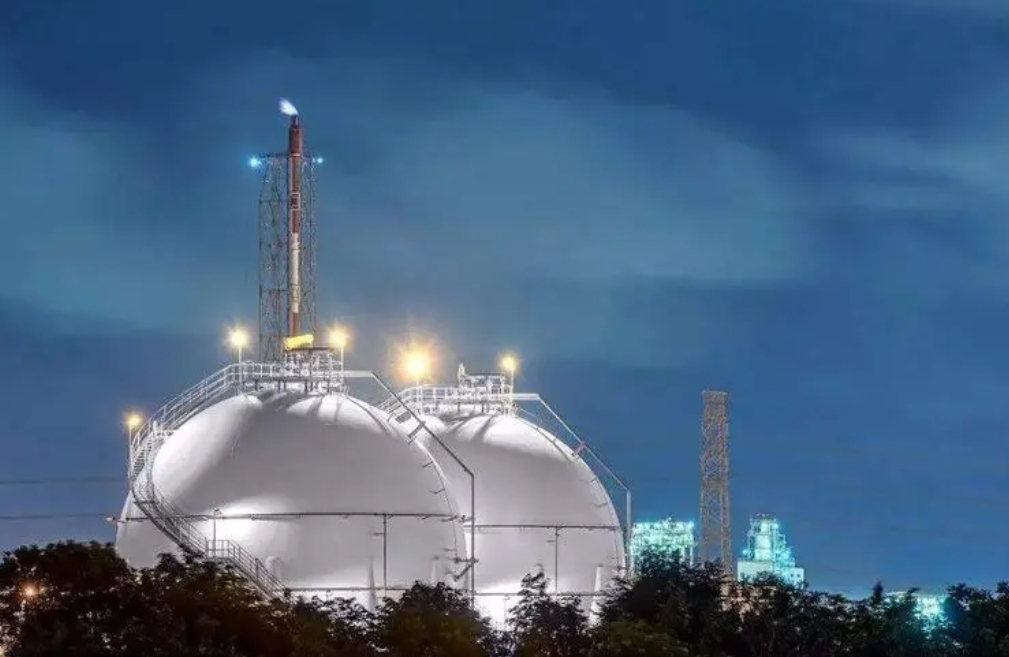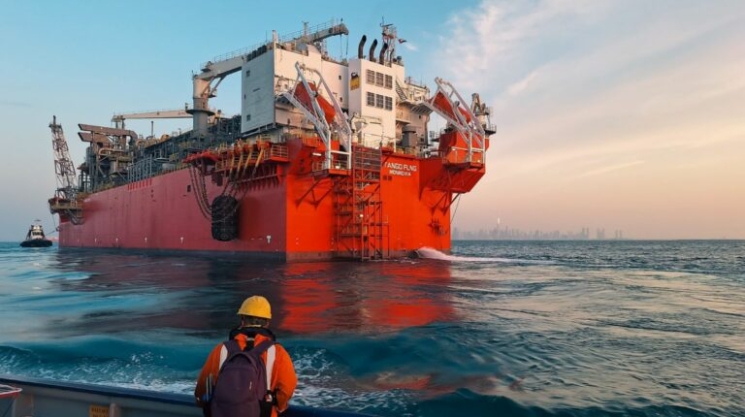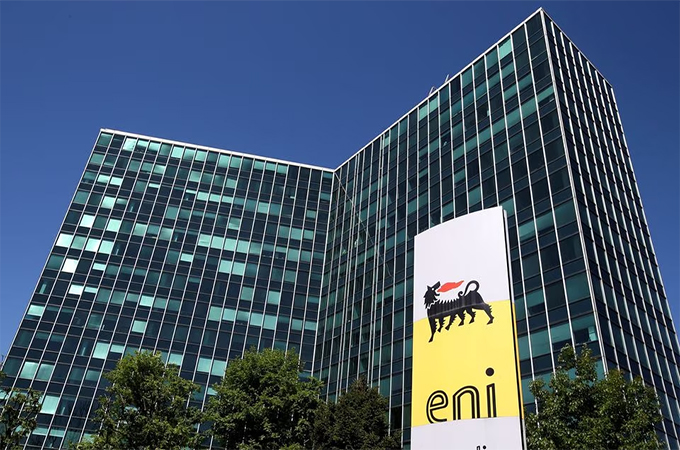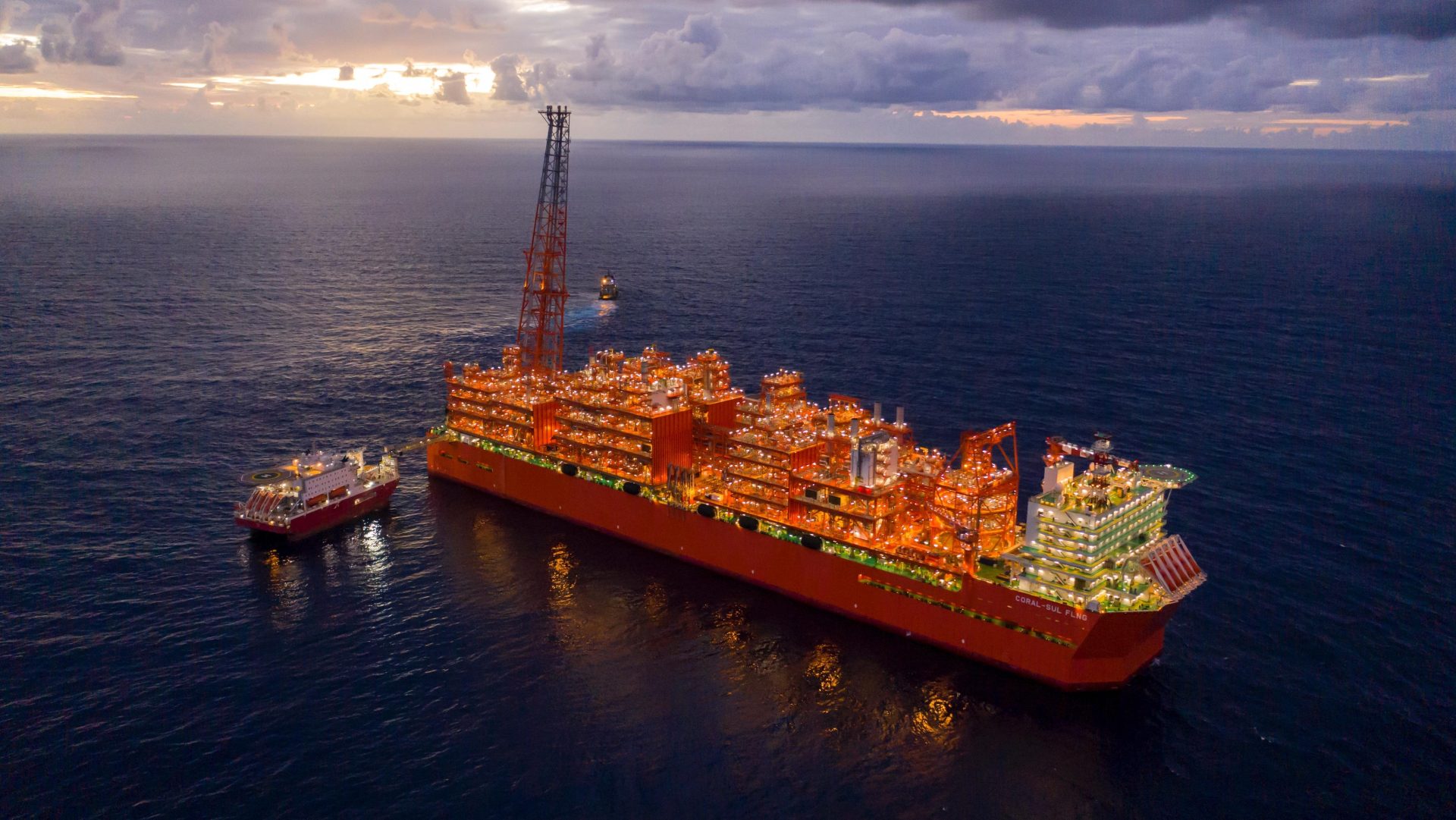More than 25 wind bases totalling over 100GW of capacity are already planned and under construction to support near-term wind growth. In the long run, falling levelised cost of electricity (LCOE) is expected to drive capacity additions.
Wood Mackenzie senior consultant Xiaoyang Li said: “The coronavirus has impacted 10% of new capacity additions in 2020. However, the bigger challenge for wind developers is the looming deadline for the termination of national subsidies by the end of the year.
“The combined impact from coronavirus and the rush to install new wind capacity before the end of subsidies, could cause the LCOE for wind to rise 8% to 472 RMB per megawatt-hour in 2020 compared to 2019. This will prevent onshore wind from meeting the government’s target for grid parity in 2021.
“Following a surge in new installations in 2020, we expect new onshore wind capacity to decrease 16% year-on-year in 2021 as wind developers grapple with a new subsidy-free era. The termination of subsidies could depress the market and hurt developer profitability in the short term.”
In the longer term, China’s wind market is expected to face greater competition from solar power.
Solar installations have undergone substantial growth since 2015 and will exceed wind in terms of cumulative capacity by the end of 2020.
Competition between solar and wind will intensify post 2026 when both wind and solar costs fall below coal-fired power, particularly in provinces with abundant wind and solar resources.





